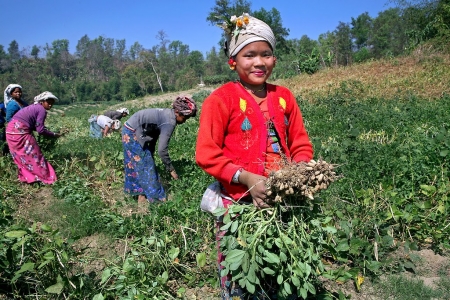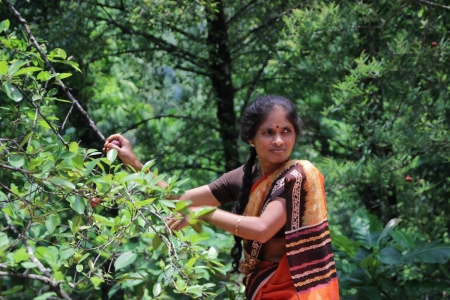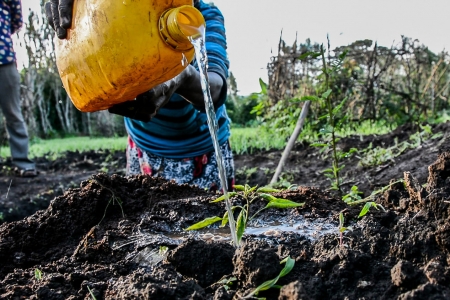This post is written in response to: What would it take to strengthen women's land rights, in practice?
 Strengthening women’s land rights reminds me of a sandwich: you need the top and the bottom to keep the sandwich together.
Strengthening women’s land rights reminds me of a sandwich: you need the top and the bottom to keep the sandwich together.
At the top, you need legal institutions that guarantee women’s rights to own property (especially land), their rights to inherit, and their rights to a fair distribution in case of divorce or widowhood. The bottom of the sandwich is women’s knowledge of their own legal rights—there are cases where there has been far-reaching policy reform, but women’s land rights knowledge is less than men’s, even within the same household. Without the top and the bottom, the land rights “sandwich” falls apart.
Let’s illustrate this with the case of Ethiopia. In 2000, Ethiopia passed far-reaching reforms in its Family Law, which gave women rights to own property, as well as equal rights to that property in marriage in in case the marriage would dissolve through death or divorce. Three years later, Ethiopia embarked on a community-based land registration program, which strengthened women’s rights to land on the ground—land certificates were required, in some states, to have the names of husband and wife, and in some areas, their pictures (important in low-literacy settings).
Various studies by Klaus Deininger and colleagues have confirmed the positive impact that the land registration has had on the adoption of sustainable management techniques such as tree-planting and other climate-smart agricultural practices. Six years after the land registration, we conducted a survey to investigate the extent of land rights knowledge of both men and women within the same household. To our surprise, we found large gender gaps in land rights knowledge—even if women’s rights had been strengthened, they knew very little about their specific rights with respect to tenure security, ability to transfer land rights, and family law, in comparison to the men in their households. This gender disparity in land rights knowledge can be attributed to lower knowledge of the land registration process, and lower attendance at meetings to discuss the provisions of the land registration.
So the big challenge is making sure that women knew about their land rights on the ground. Fortunately, there are now new initiatives, such as community-based legal aid programs, as well as mass media-based campaigns on gender and land rights, that aim to strengthen women’s knowledge of their land rights, as well as give them ways to protect their rights in the case of disputes. I hope that others reading this blog will share their experience of what’s going on at the grassroots level.
















Add new comment